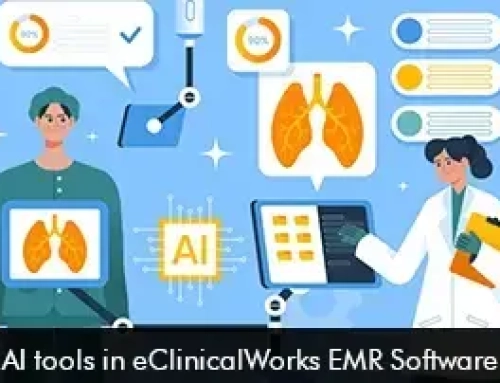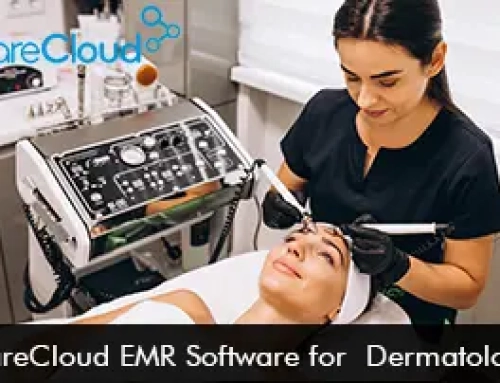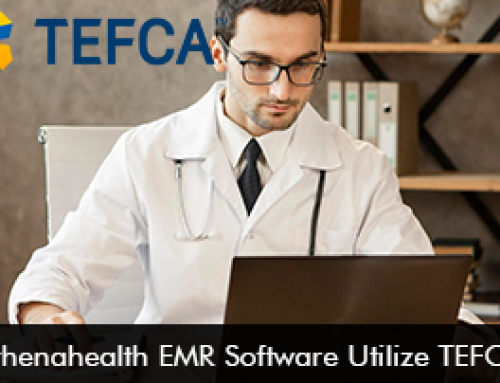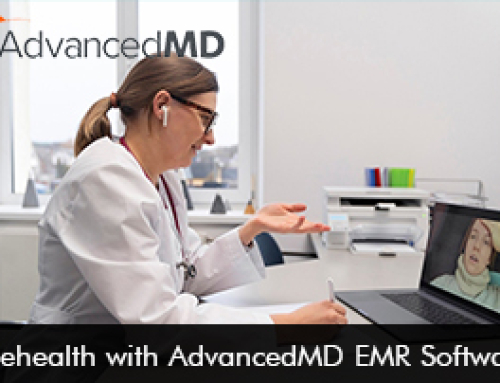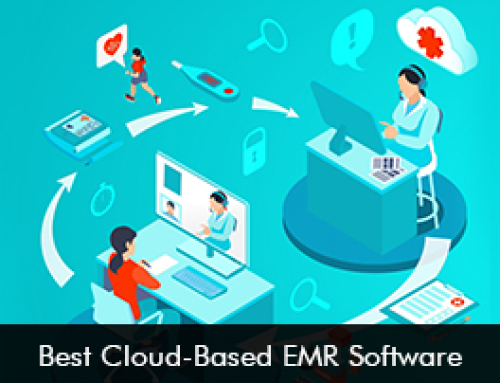Remote patient monitoring (RPM) is gaining importance in the healthcare industry. RPM technology is a robust method to keep patients engaged in their health through remote patient monitoring tools and devices. This increases access to care and also reduces healthcare delivery costs. Medical practices have a great pressure to offer remote patient monitoring services as patients are becoming aware of its benefits.
Remote patient monitoring helps patients stay empowered by engaging in their health even outside the clinical and hospital setting. Health monitoring devices at home improve overall health and assist patients with chronic conditions to manage their health effectively, this can ultimately enhance patient outcome levels.
RPM Rewards
Following are the benefits realized by healthcare providers when a remote patient monitoring program is implemented.
- The devices provide real-time data related to heart rate, pulse rate, etc.
- Health outcome levels can enhance as physicians can gain valuable health insights.
- Vital data can be obtained without the patient having to visit the clinic.
- Real-time patient data flows directly into the Electronic Medical Records (EMR) Software system which supports clinical decision making.
- Chronic conditions can be monitored more effectively.
How to get started with a remote patient monitoring (RPM) Program?
In this article, we have devised a simple 5 step plan for helping medical practices to implement an RPM program with minimum hassle.
Step 1 – Define your objectives
It is crucial to establish a use case before a patient’s vital data is captured in real-time. Use cases may include diabetes, hypertension, and multi-condition. Practices should know how they are offering care right now and how it will be provided outside the clinical settings. By knowing the goals financial and clinical milestones can be met smoothly.
Step 2 – Integration of RPM into your existing EHR Software and virtual care platform
Remote patient monitoring should integrate seamlessly into the current Electronic Health Records software. This can help boost practice efficiency and offer convenience to both patients and physicians. The RPM technology should send measures to the EMR software to support patient treatment recommendations. The alert feature should be an important part of the remote patient monitoring program as it can notify when a patient has missed readings or when the measurement is in the undesired zone.
Step 3 – The staff required for the RPM program
There will be several staff members involved throughout the implementation of the RPM program based on patient population and practice vision. Different staff roles include project lead, executive sponsor, training lead, and technical lead.
Step 4 – Decide on a model
There are two model choices available for the practice this includes the patient-owned or practice-owned device. The patient-owned devices are with the patient and will be reimbursed by the patient’s insurance provider. Practice-owned devices are given by the clinic or hospital to the patient who can’t receive RPM devices from other free programs.
Step 5 – Training and education
Training programs need to be initiated with the entire care team members so everyone is on the same page. To review the progress follow-up sessions should be conducted regularly. Practices can also design an RPM toolkit for employees and patients. This toolkit can contain brochures, short educational videos, and FAQs. You can even visit Remote Patient Monitoring Toolkit to have a better idea.
Expanding care options with a remote patient monitoring program is a good idea, as it can help patients enhance self-management and boosts patient engagement.



